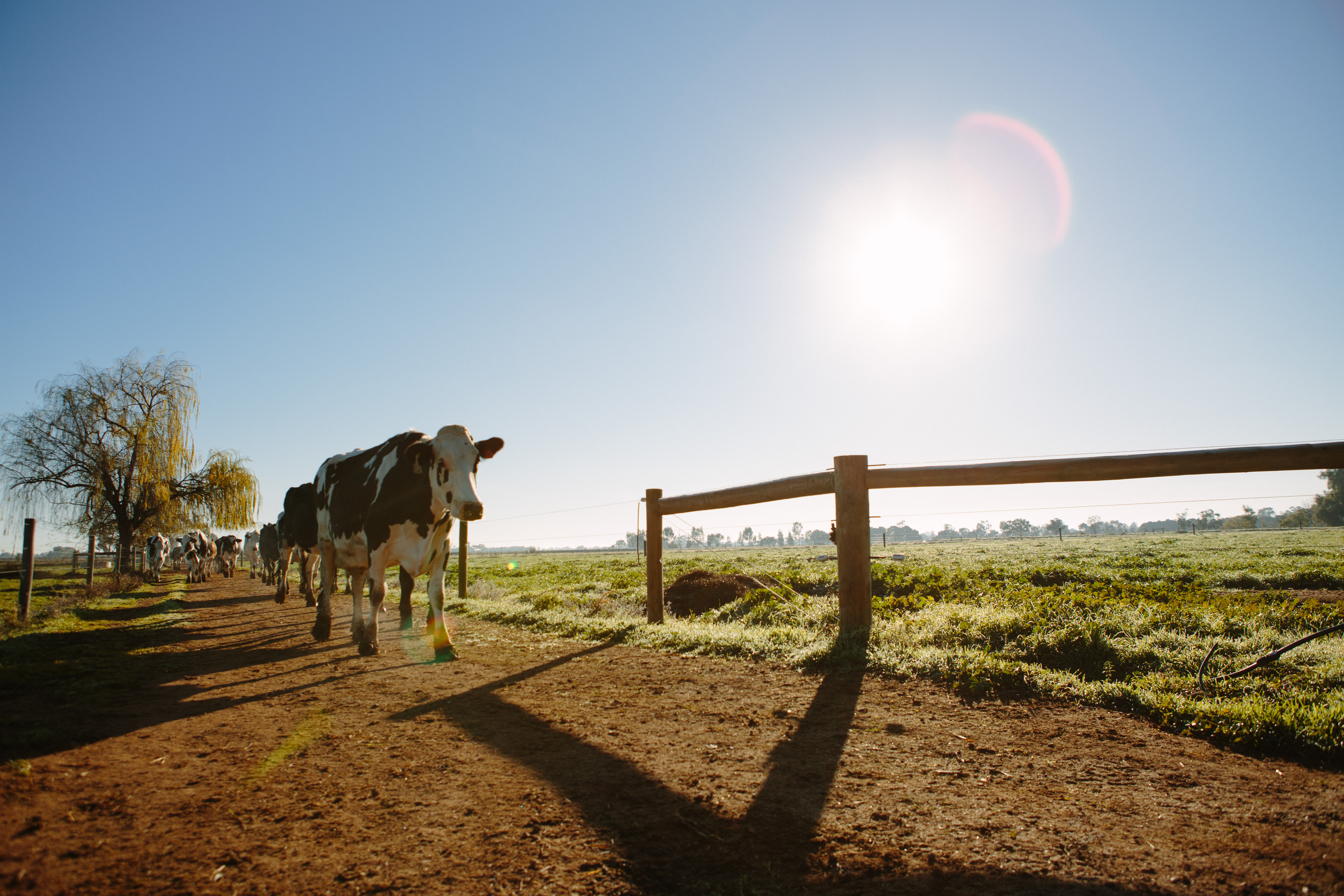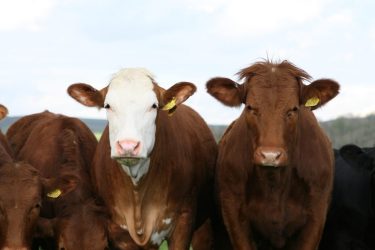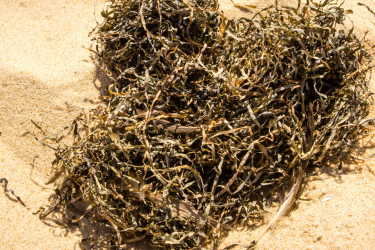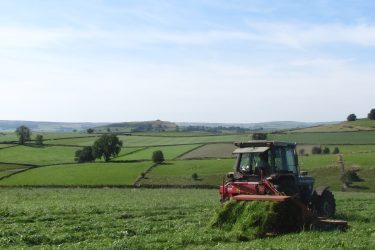By Sarah Jones
From 2019’s dry spring to summer flash floods and a wash-out autumn, there’s little doubt that our weather is getting more and more unpredictable.
With so much meteorological uncertainty, the one thing we do know is that sitting back and waiting to see what nature brings us is not the best management approach.
In the same way that improving soil quality has moved to the top of the farming agenda, farmers need to start getting serious about soil moisture too.
It requires an integrated approach to managing farmland, but with the right planning, investment and information, it could make all the difference.
Plant cover crops
Cover cropping has got to be seen as one of the most important tools in a farmer’s toolbox.
It helps with getting organic matter back into the soil, which improves its water-holding capacity and provides buffering against too much or too little rain.
What’s more, by selecting the right varieties it’s also possible to develop deeper root structures which can help with putting nitrogen back in the soil.
Managing cover crops doesn’t need to mean extra work either; if you’re a livestock farmer you could work with a neighbour to graze off their fields. The ‘muck for straw’ swap is always talked about, but that partnership could be done in a number of different ways so you get that improvement in your soil.
Consider min- and zero-till
Min and zero-till are good options for improving soils, but it’s important to remember that they won’t be suitable for every field. Investing in new technology can also be prohibitively expensive for some businesses.
Seek out expertise from agronomists or consultants to look at your rotation management and see if you can make it more integrated than it has been in the past. Making one or two small changes can benefit the soil and help you ride through inclement weather patterns.
Learn from trial and error
Finding ways to build resilience is fundamental to managing the water challenge on farms.
Before you jump into any one solution, think about whether you could run trial plots on particularly vulnerable areas of the farm to see what differences you could make.
Alternatively, there are some great demonstration monitor farms where many of these initiatives are being tried. They won’t necessarily have all of the answers for the most vulnerable farms, but a combination of solutions could really help.
Drill the data
One important thing to remember is that weather is geographically specific. Since last year’s drought we’ve had some replenishment of ground water, but levels are still lower than usual, and some areas in particular remain drier than others.
Using general data on weather patterns to inform your decisions is risky — it’s much better to use farm-specific data, either collected via a software package or through an on-farm weather gauge (useful information doesn’t have to be costly, after all).
Set short-term goals
In the short-term, start thinking about autumn 2019 and harvest 2020.
Some of that will be around integrated nutrient management practices, which could mean working collaboratively with an advisor to think about rotation planning, soil types, and soil data to identify any moisture and nutrient deficiencies.
It’s also important to build a plan of performance so you know what crop growth should look like, what you should be applying to the soils and how you should be doing it.
Beyond that, it’s worth thinking about whether you might be able to cultivate in a different way.
Think about how many passes you are making, and about how this year’s crops performed earlier in the season — did they do as well as you expected, what did you have to apply and what would you have done differently in hindsight?
Play the long game too
By collecting the right data, you should have the information you need to identify what you need to do differently in future.
Ask yourself if you should be looking at cover crops, which crops can deal with variations in ground conditions, and whether you really want to grow exactly the same crops on the same ground.
Planning for the longer-term might be costly at first, but further ahead there will be financial benefits if the changes you make mean bigger crop yields and better performance in the long run.
Know when to stop
Everyone has difficult to manage parcels on their land, so think about whether cropping and management is really working everywhere.
If you have less productive areas, consider fencing them off and creating habitats that will offer other environmental benefits.
If you’d like more advice on how to manage soil moisture on your farm, contact the Promar Sustainability team for tailored guidance and information.







